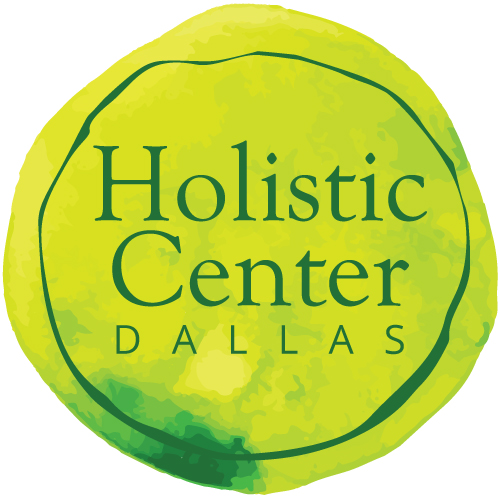Homeopathy FAQs
To help you better understand the practice of homeopathy, we’ve listed some commonly asked questions below. If you don’t see your question, please contact us and we’ll be happy to respond.
What are the differences between homeopathy and traditional Western medicine?
Traditional medicine views symptoms as being caused by the disease. Homeopathy views symptoms as the body’s natural mechanism in fighting illness. Traditional medicine treats with large doses of prescription medication. Homeopathy treats with the smallest amount of medication possible. Prescription medications make the symptoms subside for a while, but do not correct the cause. Homeopathy views symptoms as a guide to the correct remedy. In homeopathy the body heals from the source of the problem. For example: Allergies are traditionally treated with antihistamines and prescriptions to reduce the reaction to the allergen. Homeopathy builds the body so that allergen will not irritate the system. Without the irritation, the symptoms are reduced.
How did homeopathy begin?
The founder of Homeopathy was Samuel Hahnemann (1755-1843), a physician, whose practice began in 1791 when harsh drugs and blood-letting were commonly used. Often the drugs were from poisons, metals, or potions that could cause the patient to die from treatment. Hahnemann began to experiment with increasingly small doses of medicines in the hope of reducing side effects from treatment. His research with diluted medicines showed that the more diluted the medicine became, the more effective the treatment. Additionally he discovered a specific method of diluting the drug so that the effect was more potent with fewer side effects.
How is the remedy made?
Homeopathic remedies are made in homeopathic pharmacies that are regulated by the Food and Drug Administration (FDA). Substances from natural sources including plants, minerals, and animal products. There are some remedies that come from chemical drugs.
How is the remedy diluted?
The original natural product is made into a liquid tincture. One portion of tincture is added to 99 portions of water and vigorously shaken to blend the ingredients. The first dilution is called 1C, meaning 1/100. The process continues in the same manner to reach the desired dilution. The product is labeled with the number of dilutions that have occurred. This very specific dilution process has the effect of making the homeopathic remedy more potent as it is diluted. After this dilution process, the original product is undetectable by chemical analysis, yet the effect the homeopathic remedy has on the body can be profound.
How is the selection made?
The remedy choice is based on the unique symptoms of each person, including general physical complaints and mental or emotional stressors. People with the same diagnosis may actually need a different remedy, as they may have different reactions to their environment, and have different life experiences. Homeopathic reference books called Materia Medica contain information about the documented effects of a remedy, and computer programs are available to help organize the analysis of each case. The selection of a correct remedy is not an exact science as there are over 2500 proven remedies to be reviewed, and multiple factors must be taken into account.
How does it work?
Homeopathic remedies work by gently by helping the body restore internal balance. As the body becomes balanced symptoms are reduced, and healing occurs without side effects.
How are the remedies taken?
Remedies are taken orally in pellet or liquid form. The sweet tasting pellets dissolve quickly under the tongue. They are taken apart from food or beverage so they may be absorbed rapidly.
How safe is homeopathy?
The remedies are prepared in modern laboratories that maintain the highest quality standards. As they are highly diluted, there is no material product available to cause a negative reaction. They are safe for all ages, including infants and during pregnancy.
